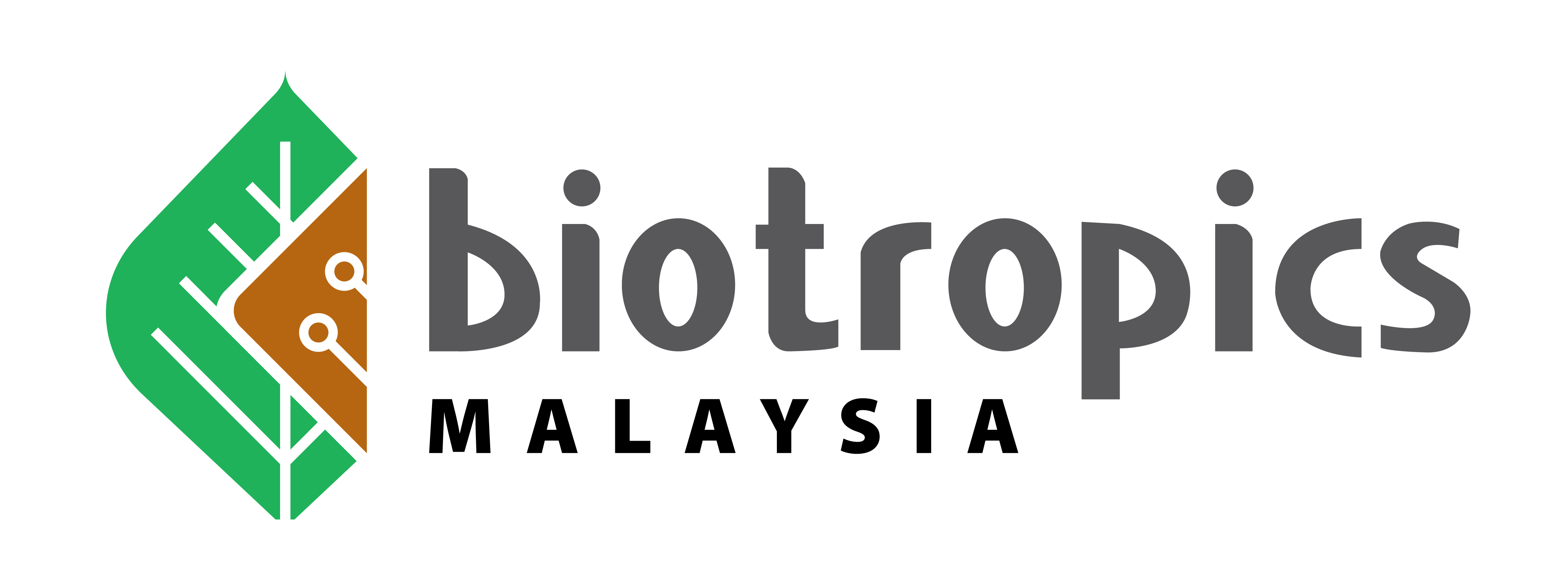Malaysia is classified as a high middle income country. Among the 32 million population, 2 million are aged 65 and over, representing 6% of the total population. Although it looks small compared to other developed countries around the world, the increase in the rate and number of senior citizens in Malaysia is unprecedented. In 2010, only 5% of the Malaysian population was over 65 years old, and by 2040, the percentage is expected to increase to 14.5%.
Deterioration in function and dependence is an inevitable issue in aging. They also have a high prevalence of diseases and chronic health problems that require prolonged medication - medication for a lifetime. This article aims to explain the problem of drug use among seniors that can affect the continuity of life.
This can be portrayed in the context of medication use by these communities in need of ongoing health care. For example, the correct and timely use of medication can have a therapeutic effect. This includes reading and understanding medication information, opening and removing it from outer and inner packages, any pre-use preparation and medication intake.
However, physical constraints such as blurry vision, poor hand grip strength, loss of fine motor skills, and dysphagia can inhibit this activity, and these constraints will increase with age. The consequences can affect the optimal use of medication due to factors that limit medication intake.
Several studies have been conducted to identify problems among the elderly related to the management of daily medication intake. Five main problems have been identified that result in imprudent use of drugs among the elderly, namely: 1) instructions for use of medication, 2) handling of primary medicine containers, 3) handling of secondary drug containers, 4) preparation for medication and 5) how to take medication.
The leaflet in the medicine packaging has all the related information about the medicine, including its side effects. In a survey conducted on 37 seniors, 22 of them expressed a level of concern over the stated side effects. Some of them have reduced the dose of the medicine or have not taken it at all. As a result, some of them lost their health, resulting in hospitalisation. In addition, the size of the writing on the medication insert is too small, and the difficulty in understanding the medication information affects medication intake.
The handling of secondary medicine containers ("outer packaging") was identified to affect the intake. Among the problems they are facing, such as opening the carton box and opening the outer wrap. The use of cutting tools such as scissors and knives helps the secondary container to be opened, but the deterioration of hand muscle function can affect this process. In addition, there are a number of seniors who have difficulty identifying secondary medicine containers due to their almost similar shape and size to other boxes.
Once the secondary medicine container is opened, it contains the primary medicine container. This container needs to be opened separately to take the medicine. The problem of isolating medicine units such as vials and sachets, removing medicines from primary containers such as bottles and blisters, and closing medicine bottles is a challenge for seniors to handle medicines. Limited muscle function affects the way medications are administered and results in impaired medication adherence.
Whenever it is time to take the medicine on a regular basis, for example, every 12 hours, they need time to prepare for the medicine. Generally, seniors take more than one type of medication for various health problems. Therefore, the identification of the type of it is important. Next, some medicines, like pills, need to be broken in half due to different doses and also in liquid form, which needs to be measured in volume accurately to ensure therapeutic effect on the body. For some of them, this is challenging as it can affect their health if the process of handling the medicines is interrupted.
Finally, such medications need to be taken by the patient. Some problems related to taking the medicine exist, such as the medicine sticking in the throat or mouth and the placement of the medicine in the mouth, which creates a bad taste. Several methods can be performed to ensure optimal drug handling. This needs to be done in order to ensure the effective therapeutic effect of the medicine. This in turn can prevent incidents such as hospitalisation due to disease instability. Medicine and drug manufacturers need to take this into account in terms of medicine packaging, especially for seniors who do have gripping problems and manual dexterity.
The usability of pill bottles and containers as well as blister packs can be improved. Furthermore, visual identification of drugs and medicines should be addressed during pharmaceutical development to reduce confusion. Medications should be available in appropriate doses so that the need to split the pill is kept to a minimum. When pill separation is unavoidable, it should be ensured to produce equal parts in a fairly simple manner. Ease of holding and swallowing medication should also be taken into account, as the elderly have weaker fine motor skills and have difficulty swallowing more often than younger adults.




